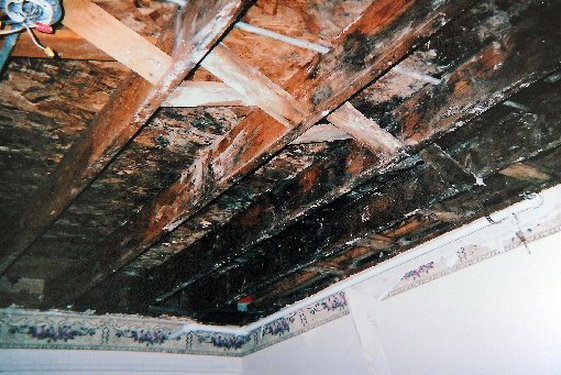For years it appeared that Foster Farms, California’s largest producer of chicken, was doing an excellent job of keeping its meat salmonella-free.
When the company conducted regular salmonella testing on chicken carcasses, they usually found no trace of the dangerous bacteria. That all changed last year when the Centers for Disease Control and Prevention (CDC) discovered evidence that more than 600 people had contracted salmonella from Foster Farm’s chicken.
Suddenly, the company that had been the industry standard bearer for regulatory compliance found three of its key plants threatened with closure.
The ensuing investigation uncovered a startling fact: cut-up chicken parts test positive for salmonella about 25 percent of the time, while whole carcasses often show no sign of the bacteria. The discovery sent the entire poultry industry scrambling for answers.
Foster Farms took the lead and mobilized a comprehensive plan to locate the source of the salmonella contamination and eradicate it from their products. Here, we’ll take a closer look at how they executed this plan, and how tools like ManagerPlus CMMS can help other companies organize their own compliance efforts.
+ Emergency Response
Before Foster Farms could spend time worrying about where the salmonella was coming from, they had just 72 hours to come up with a plan to eliminate it from their products or face the closure of three of their plants.
The company launched their investigation by focusing on two key variables: the actual processing of the meat, and the environment in which the chickens were being raised.
Operating on narrow deadlines demands a high level of organization and efficiency. If any conclusions were to be made and quickly turned into a plan of action, communication and centralization of data were vital.
This is one of the primary ways in which CMMS solutions like ManagerPlus can be helpful to businesses. Information can be gathered from multiple locations and centralized, making it possible for management to focus on finding solutions, rather than tracking down data.
In the Foster Farm’s example, inspections of key processes and facilities could have been quickly created and immediately disseminated throughout their organization. For example, as management worked with regulators to track the source of the bacteria, they could have been using that information to create inspections that could have been started immediately.
+ A Systematic Approach
Operating within a narrow time frame can make it difficult to maintain efficiency. In the case of Foster Farms, there were questions concerning the security of their poultry facilities against pests like mice and bugs, and whether those pests were carrying salmonella from nearby orchards. Continue reading “How Strong Organization Saved Foster Farms from Regulatory Disaster”

